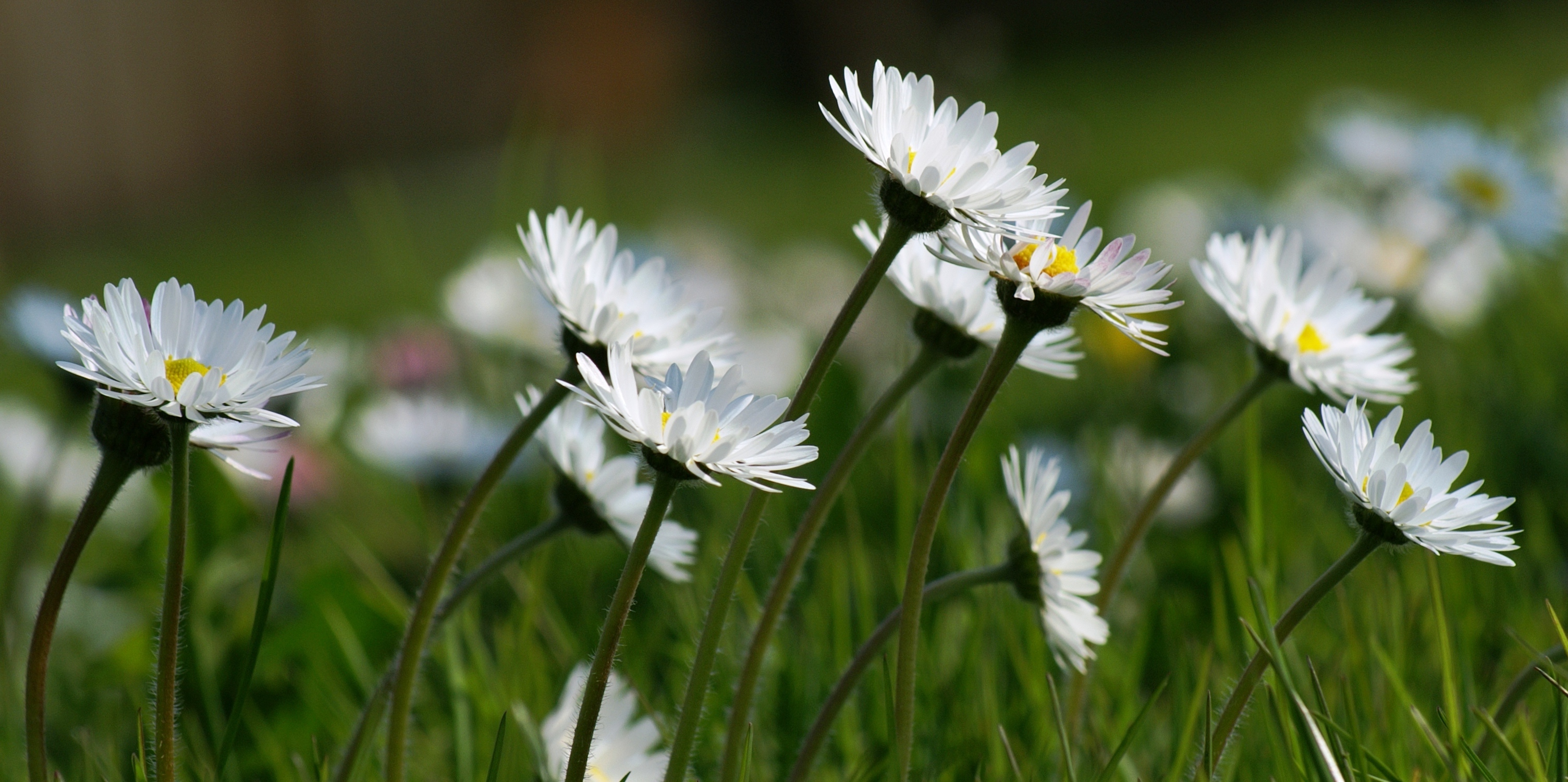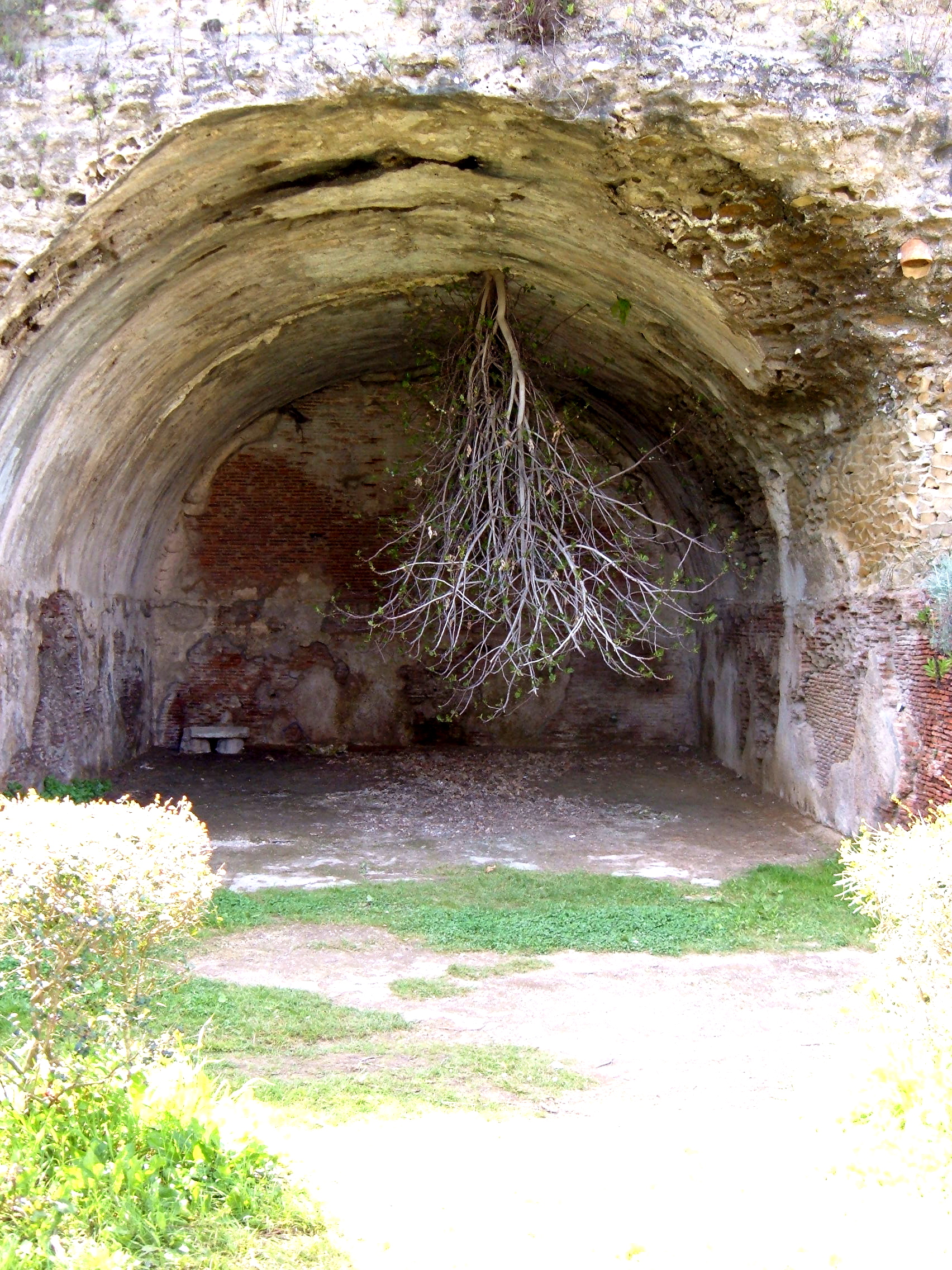Tropism on:
[Wikipedia]
[Google]
[Amazon]

 A tropism is a biological
A tropism is a biological
 * Aerotropism, growth of plants towards or away from a source of oxygen
*
* Aerotropism, growth of plants towards or away from a source of oxygen
*
phenomenon
A phenomenon ( : phenomena) is an observable event. The term came into its modern philosophical usage through Immanuel Kant, who contrasted it with the noumenon, which ''cannot'' be directly observed. Kant was heavily influenced by Gottfried W ...
, indicating growth or turning movement of a biological organism
In biology, an organism () is any living system that functions as an individual entity. All organisms are composed of cells (cell theory). Organisms are classified by taxonomy into groups such as multicellular animals, plants, and ...
, usually a plant, in response to an environmental stimulus
A stimulus is something that causes a physiological response. It may refer to:
*Stimulation
**Stimulus (physiology), something external that influences an activity
**Stimulus (psychology), a concept in behaviorism and perception
*Stimulus (economi ...
. In tropisms, this response is dependent on the direction of the stimulus (as opposed to nastic movements
Nastic movements are non-directional responses to stimuli (e.g. temperature, humidity, light irradiance), and are usually associated with plants. The movement can be due to changes in turgor. Decrease in turgor pressure causes shrinkage while ...
which are non-directional responses). Tropisms are usually named for the stimulus involved (for example, a phototropism is a reaction to sunlight).
Tropisms occur in three sequential steps. First, there is a sensation to a stimulus. Next, signal transduction occurs. And finally, the directional growth response occurs.
Tropisms are typically associated with plant
Plants are predominantly photosynthetic eukaryotes of the kingdom Plantae. Historically, the plant kingdom encompassed all living things that were not animals, and included algae and fungi; however, all current definitions of Plantae exclud ...
s (although not necessarily restricted to them). Where an organism is capable of directed physical movement (motility
Motility is the ability of an organism to move independently, using metabolic energy.
Definitions
Motility, the ability of an organism to move independently, using metabolic energy, can be contrasted with sessility, the state of organisms th ...
), movement or activity in response to a specific stimulus is more likely to be regarded by behaviorists as a ''taxis
A taxis (; ) is the movement of an organism in response to a stimulus such as light or the presence of food. Taxes are innate behavioural responses. A taxis differs from a tropism (turning response, often growth towards or away from a stim ...
'' (directional response) or a '' kinesis'' (non-directional response).
The Cholodny–Went model
In botany, the Cholodny–Went model, proposed in 1927, is an early model describing tropism in emerging shoots of monocotyledons, including the tendencies for the shoot to grow towards the light (phototropism) and the roots to grow downward (g ...
, proposed in 1927, is an early model describing tropism in emerging shoots of monocotyledon
Monocotyledons (), commonly referred to as monocots, (Lilianae ''sensu'' Chase & Reveal) are grass and grass-like flowering plants (angiosperms), the seeds of which typically contain only one embryonic leaf, or cotyledon. They constitute one of ...
s, including the tendencies for the stalk to grow towards light (phototropism) and the roots to grow downward (gravitropism
Gravitropism (also known as geotropism) is a coordinated process of differential growth by a plant in response to gravity pulling on it. It also occurs in fungi. Gravity can be either "artificial gravity" or natural gravity. It is a general featu ...
).
In both cases the directional growth is considered to be due to asymmetrical distribution of auxin
Auxins (plural of auxin ) are a class of plant hormones (or plant-growth regulators) with some morphogen-like characteristics. Auxins play a cardinal role in coordination of many growth and behavioral processes in plant life cycles and are essenti ...
, a plant growth hormone
A hormone (from the Greek participle , "setting in motion") is a class of signaling molecules in multicellular organisms that are sent to distant organs by complex biological processes to regulate physiology and behavior. Hormones are required ...
.
The term "tropism" () is also used in unrelated contexts. Viruses and other pathogens affect what is called "host tropism
Host tropism is the infection specificity of certain pathogens to particular hosts and host tissues. This explains why most pathogens are only capable of infecting a limited range of host organisms.
Researchers can classify pathogenic organisms by ...
", "tissue tropism
Tissue tropism is the range of cells and tissues of a host that support growth of a particular pathogen, such as a virus, bacterium or parasite.
Some bacteria and viruses have a broad tissue tropism and can infect many types of cells and tissues. ...
", or "cell tropism"; in which case tropism refers to the way in which different viruses/pathogens have evolved to preferentially target specific host species, specific tissue, or specific cell types within those species. In English, the word ''tropism'' is also used to indicate an action done without cognitive thought: However, "tropism" in this sense has a proper, although non-scientific, meaning as an innate tendency, natural inclination, or propensity to act in a certain manner towards a certain stimulus.
Types
Tropisms can be distinguished according to the orientation with respect to the direction of the stimulus. They can commonly be either ''positive'' (towards the stimulus) or ''negative'' (away from it). Both of these are ''orthotropic'', and can be contrasted with tropisms that are ''diatropic'' (perpendicular to the stimulus) or ''plagiotropic'' (at an oblique angle). According to the type of stimulus, tropisms can be:Chemotropism
Chemotropism is defined as the growth of organisms navigated by chemical stimulus from outside of the organism. It has been observed in bacteria, plants and fungi. A chemical gradient can influence the growth of the organism in a positive or negat ...
, movement or growth in response to chemical
A chemical substance is a form of matter having constant chemical composition and characteristic properties. Some references add that chemical substance cannot be separated into its constituent elements by physical separation methods, i.e., wi ...
s
* Electrotropism Electrotropism, also known as galvanotropism, is a kind of tropism which results in growth or migration of an organism, usually a cell
Cell most often refers to:
* Cell (biology), the functional basic unit of life
Cell may also refer to:
Locat ...
, or galvanotropism, movement or growth in response to an electric field
An electric field (sometimes E-field) is the physical field that surrounds electrically charged particles and exerts force on all other charged particles in the field, either attracting or repelling them. It also refers to the physical field fo ...
* Exotropism, continuation of growth "outward," i.e. in the previously established direction
* Gravitropism
Gravitropism (also known as geotropism) is a coordinated process of differential growth by a plant in response to gravity pulling on it. It also occurs in fungi. Gravity can be either "artificial gravity" or natural gravity. It is a general featu ...
, sometimes referred to as geotropism, movement or growth in response to gravity
In physics, gravity () is a fundamental interaction which causes mutual attraction between all things with mass or energy. Gravity is, by far, the weakest of the four fundamental interactions, approximately 1038 times weaker than the stro ...
** Apogeotropism, negative geotropism
* Heliotropism
Heliotropism, a form of tropism, is the diurnal or seasonal motion of plant parts (flowers or leaves) in response to the direction of the Sun.
The habit of some plants to move in the direction of the Sun, a form of tropism, was already known by t ...
, diurnal motion or seasonal motion of plant parts in response to the direction of the Sun, (e.g. the sunflower
The common sunflower (''Helianthus annuus'') is a large annual forb of the genus ''Helianthus'' grown as a crop for its edible oily seeds. Apart from cooking oil production, it is also used as livestock forage (as a meal or a silage plant), as ...
)
** Apheliotropism, negative heliotropism
* Hydrotropism
Hydrotropism (hydro- "water"; tropism "involuntary orientation by an organism, that involves turning or curving as a positive or negative response to a stimulus") is a plant's growth response in which the direction of growth is determined by a sti ...
, movement or growth in response to water
Water (chemical formula ) is an inorganic, transparent, tasteless, odorless, and nearly colorless chemical substance, which is the main constituent of Earth's hydrosphere and the fluids of all known living organisms (in which it acts as a ...
; in plants, the root cap senses differences in water moisture in the soil, and signals cellular changes that causes the root to curve towards the area of higher moisture
** Prohydrotropism, positive hydrotropism
* Hygrotropism, movement or growth in response to moisture or humidity
* Magnetotropism
Magnetotropism is the movement or plant growth in response to the stimulus provided by the magnetic field in plants (specifically agricultural plants) around the world. As a natural environmental factor in the Earth, variations of magnetic field ...
, movement or growth in response to magnetic fields
* Phototropism, movement or growth in response to light
Light or visible light is electromagnetic radiation that can be perceived by the human eye. Visible light is usually defined as having wavelengths in the range of 400–700 nanometres (nm), corresponding to frequencies of 750–420 tera ...
s or colors of light
** Aphototropism, negative phototropism
** Skototropism, negative phototropism of vines
* Selenotropism, motion of plant parts in response to the direction of the moon
* Thermotropism
Thermotropism or thermotropic movement is the movement of an organism or a part of an organism in response to heat or changes from the environment's temperature. A common example is the curling of ''Rhododendron'' leaves in response to cold temper ...
, movement or growth in response to temperature
Temperature is a physical quantity that expresses quantitatively the perceptions of hotness and coldness. Temperature is measured with a thermometer.
Thermometers are calibrated in various temperature scales that historically have relied o ...
* Thigmotropism
Thigmotropism is a directional growth movement which occurs as a mechanosensory response to a touch stimulus. Thigmotropism is typically found in twining plants and tendrils, however plant biologists have also found thigmotropic responses in flowe ...
, movement or growth in response to touch
In physiology, the somatosensory system is the network of neural structures in the brain and body that produce the perception of touch ( haptic perception), as well as temperature ( thermoception), body position (proprioception), and pain. It ...
or contact
* Traumatotropism, orientation deviation after suffering a wounding
See also
*Chemotaxis
Chemotaxis (from '' chemo-'' + ''taxis'') is the movement of an organism or entity in response to a chemical stimulus. Somatic cells, bacteria, and other single-cell or multicellular organisms direct their movements according to certain chemica ...
* Rapid plant movement
Rapid plant movement encompasses plant movements, movement in plant structures occurring over a very short period, usually under one second. For example, the Venus flytrap closes its trap in about 100 milliseconds. The traps of Utricularia are muc ...
*
References
{{Tropism